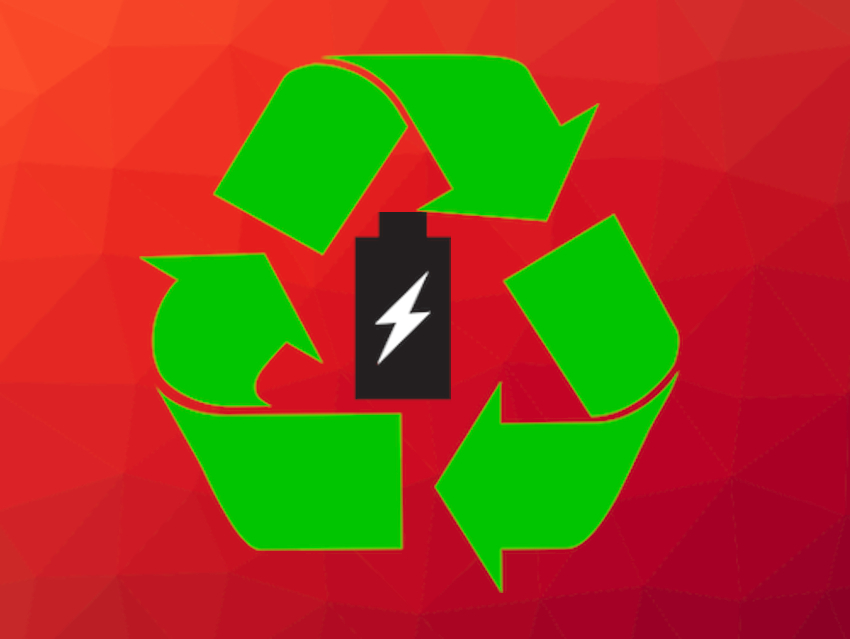Lithium-ion batteries power many common consumer goods, such as smartphones and laptops. Due to the growing importance of electronic vehicles, which also depend on lithium-ion batteries, demand will further increase. Lithium supplies, however, are limited, and therefore, cost-efficient and environmentally benign recycling methods are important to meet future demands.
Lihua He, Central South University, Changsha, China, and colleagues have developed a slurry electrolysis recycling process for lithium and manganese from scrap LiMn2O4. This compound is used as an electrode material in lithium-ion batteries. A graphite electrode was used as the cathode and a ruthenium-plated titanium electrode as the anode. Aqueous sulfuric acid with dissolved manganese sulfate served as the electrolyte. Solid, insoluble LiMn2O4-residues were suspended within the cathode chamber under mechanical stirring and electrolyzed at 90 °C
Under these conditions, 99 % of lithium and 92 % of manganese were leached from the LiMn2O4-residues and subsequently isolated as lithium carbonate and manganese dioxide. The current efficiency of the anode was 62 %, the efficiency of the cathode 77 %. This process could be a cost-efficient approach to recovering precious metal commodities from metal-containing waste.
- Recovery of Lithium and Manganese from Scrap LiMn2O4 by Slurry Electrolysis,
Zheng Li, Lihua He, Zhong wei Zhao, Dezhi Wang, Wenhua Xu,
ACS Sustainable Chem. Eng. 2019.
https://doi.org/10.1021/acssuschemeng.9b04127


